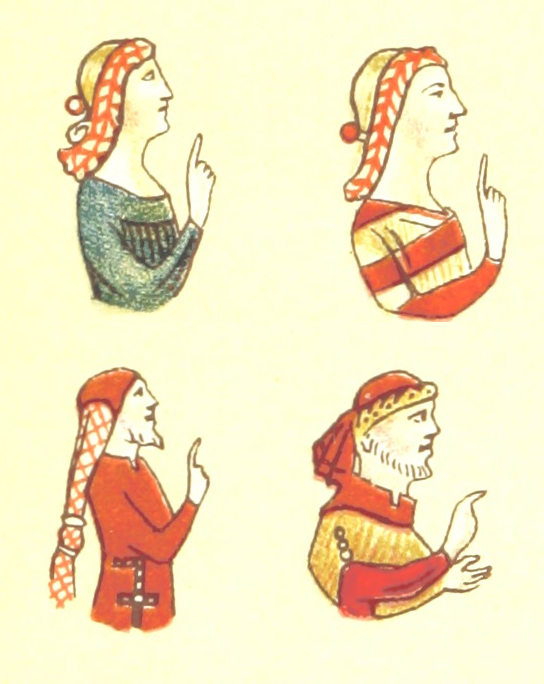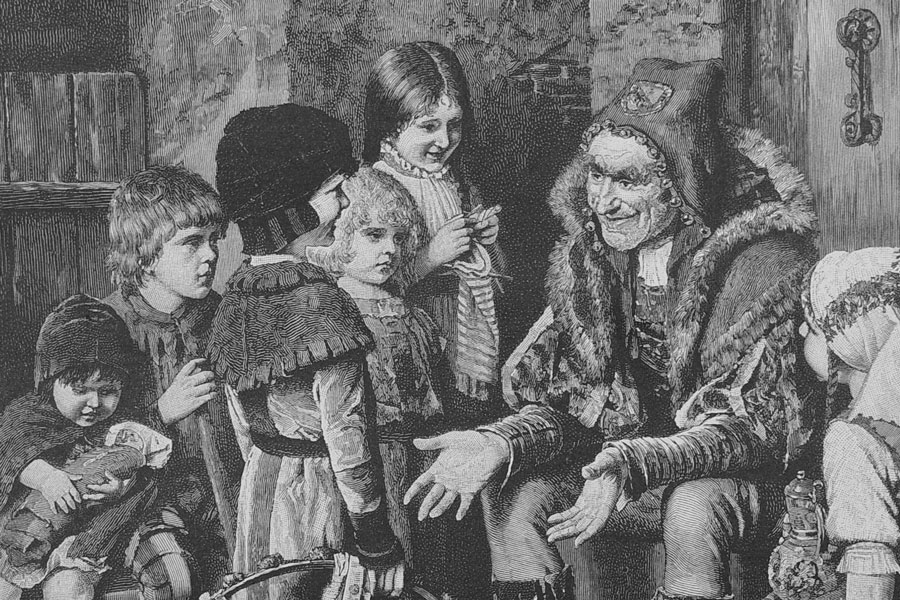On our next PNI Institute call on February 10 we will discuss what PNI can learn from performance storytelling. See sidebar on the right for details on the next calls. On the last call on January 13, Harold van Garderen of StoryConnect shared his firm’s experiences with doing continuous PNI projects, that is, projects that collect stories on a daily or periodic basis.
In the presentation below he showed how PNI applications are developed over time via a series of projects StoryConnect calls Inception, Insight, Impact and Independence.
He showed how the project activities itself and the tools like StoryForm and StoryDashboard develop and change over time going from a small but determined start to continuous and careful daily collection with periodic catalysis (pattern evaluation) and sensemaking (decision making and iterative change management).
Two example applications from the Healthcare and Public Transport industries were used to illustrate several aspects of the development of continuous PNI applications.
Some of the themes that emerged during the subsequent discussion were:
- That continuous PNI can be used for Monitoring and Evaluation (M&E), with monitoring taking place during continuous story collection and periodic or ongoing sensemaking about the patterns (and changes) seen, along with periodic more-intense periods of evaluation (and possibly intervention).
- That continuous PNI is different to project-based PNI not only in story collection but in all phases of the PNI cycle. Planning and the design of story forms are different because of the emphasis on repeated storytelling. That much seems obvious. But catalysis and sensemaking are also different, primarily because of the large emphasis on mapping and tracking change over time as stories come in. Thus to some extent continuous PNI is a completely different flavor of PNI, with different goals and requirements and benefits.
- That the benefits and requirements of continuous PNI fit themselves more naturally to some contexts than others. People in service-oriented enterprises (such as in the medical field) who support other people on a daily basis, find continuous PNI more useful than people who do project-based work, which has less of a continuous character to it. Also, groups that work at an operational level and don’t have a dedicated research capacity are more likely to gain from continuous PNI, since it provides insights a research facility might provide.
We also talked about the use of Twitter to elicit stories, as Harold talked about doing in one of the projects he featured in his presentation. We talked about the benefits of using Twitter, about some experiments StoryConnect has done using it, and some of its potential risks.
On our next PNI Institute call we will discuss what PNI can learn from performance storytelling. March’s call will be about diversity in PNI projects (scales, goals, topics, participants, etc). The April call will be about PNI and labels (how the terms we use influence success in PNI).
- Date Friday February 10 (it’s always the second Friday of the month)
- Topic What PNI can learn from performance storytelling
- Time California 7 00 New York 10 00 London 15 00 Amsterdam 16 00 South Africa 17 00 Melbourne 02 00 (Saturday)
- Place Please follow this link to join the Zoom meeting.


